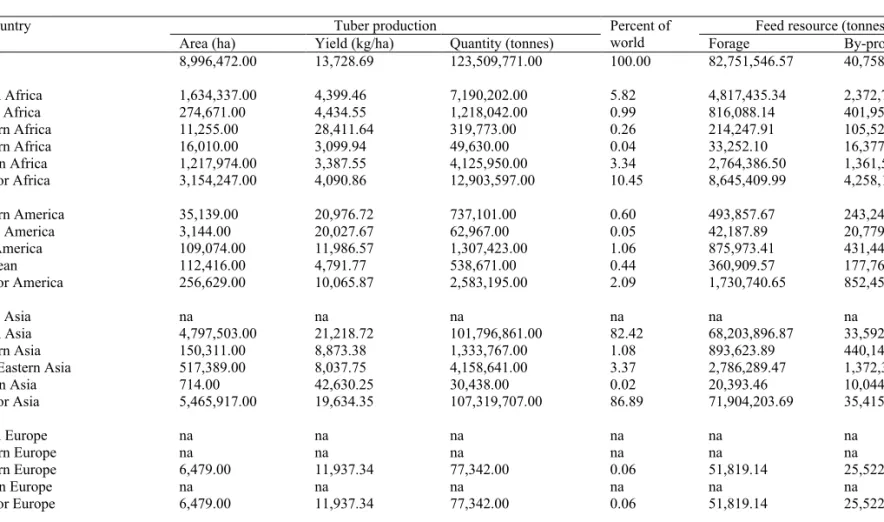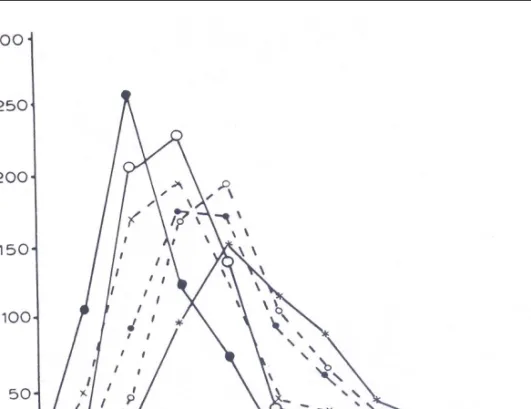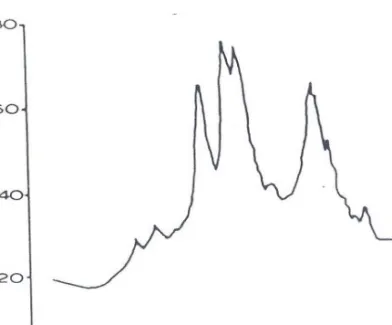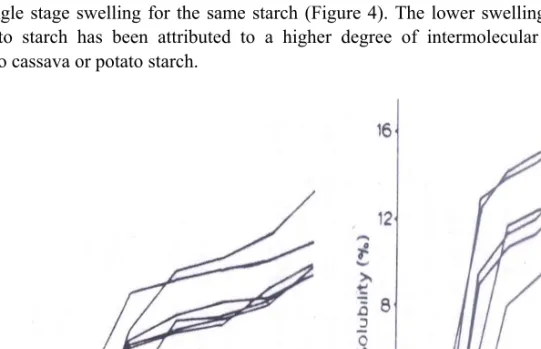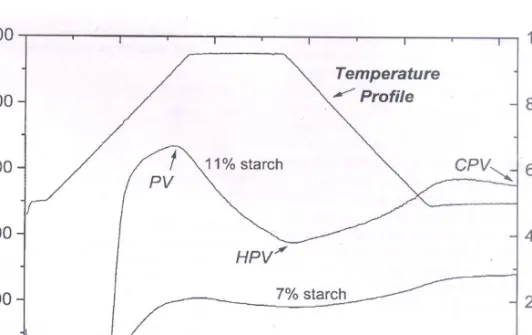The topic, post-harvest aspects of sweet potato in food, feed and industries, is a topic of current interest. His expertise in sweet potato research involves the post-harvest aspects in sub-Saharan Africa.
S WEET P OTATO G ROWTH , D EVELOPMENT , P RODUCTION AND U TILIZATION : O VERVIEW
The sweet potato is a New World crop and originated in the lowlands of Central or South America (Woolfe, 1992). Current production of sweet potato from selected countries in different regions of the world based on the 2006 FAO survey.
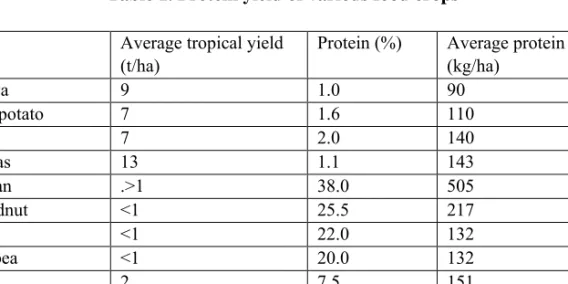
Variety
A soil pH of 5.5-6.5 is ideal for sweet potatoes even though they grow in highly acidic conditions. Sweet potato is sensitive to alkaline and saline conditions (Dasgupta et al., 2006; Mukherjee et al., 2006).
Orange Flesh Sweet Potato
A high soil pH invites smallpox and scab diseases in sweet potato, and a low pH sweet potato suffers from aluminum poisoning. Some orange-fleshed sweet potato genotypes available in India are Kamala Sundari, ST14, Gouri, Sree Kanaka, etc.
Purple Flesh Sweet Potato
Planting Time
Planting Materials
Land Preparation and Planting
In Uganda, the planting of cuttings has shown that there is no advantage or disadvantage to planting through the soil (horizontally) and leaving both ends protruding (Kaggwa et al., 2006). Planting of sweet potato canes at depth ranging from 2.5 to 10.0 cm when planted vertically had no significant effect on stand establishment and final storage yield (Ravindran and Mohankumar, 1985).
Plant Population
Manures and Fertilizers
Nitrogen has been reported to affect quality characteristics apart from storage root yield of sweet potato. The relative efficiency of rock phosphate as a source of P for sweet potato was equal to simple superphosphate in direct effect but superior to it in residual value (Kabeerathumma et al., 1986).
Weeding
Quality characters such as starch and protein content were found to increase with increased K levels (Biswal, 2008). Sweet potato grows vigorously and produces large amounts of vines when temperature and rainfall are favorable at the expense of storage roots (Nedunchezhiyan and Byju, 2005).
Irrigation
Pests and Diseases
In the sweet potato weevil endemic area, early harvesting of roots is recommended to avoid the damage of the weevil (Mohanty et al., 2005). More than 12 viral diseases have been identified; among them, sweet potato feather-melted virus (SPFMV) is prominent.
Harvesting
The larvae produce narrow tunnels in the roots and, like the sweet potato beetle, cause the roots to produce bitter poisonous terpenoid compounds that make them inedible. The sweet potato borer, Omphisa anastomosalis, has been reported in India, Malaysia and China, where it is considered to be as destructive as the sweet potato beetle (Rajamma and Premkumar, 1994).
Utilization in Animal Feeds
In general, storage root yield ranges from 20-25 tonnes/ha for promising varieties with improved crop management practices (Nair, 2000).
Utilization for Starch Production
Utilization of Coloured Sweet Potato
Recently, several sweet potato cultivars have been developed with a higher carotene content than carrot (Yoshimoto, Chapter 3 in this book). Colored sweet potatoes can also be fermented to make alcoholic beverages such as beer and wine.
Utilization for Protein and Enzyme
Sweet potato soup with a beautiful color, smooth texture, a little sweet will be preferred to the soup of other crops. However, snack foods such as french fries and potato chips would be one of the uses of colored sweet potatoes.
Utilization of Tops
Effect of planting time and varieties on growth and yield of sweet potato (Ipomoea batatas L.) under rainy conditions. Effect of land preparation method and planting depth on sweet potato yield.
P OST H ARVEST H ANDLING , S TORAGE M ETHODS , P ESTS AND D ISEASES OF S WEET P OTATO
The different methods of sweet potato storage and percentage loss (Table 1) are briefly described. Sweet potatoes stored in this manner entailed heavy losses through spoilage and rat damage (Keleny, 1965).
Pits and Clamps
The losses of sweet potatoes and causes under different storage methods (Ray and Ravi, 2005; modified). In contrast to the weight loss, the average emergence of sweet potato roots was 82 and 77 % in these two treatments, respectively.
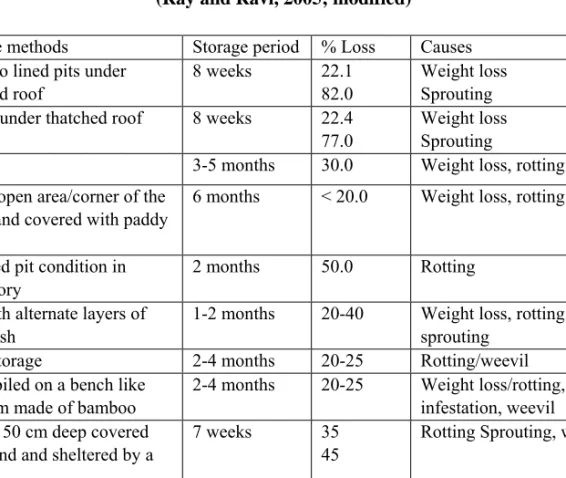
Heap
However, these methods of storage practice are only satisfactory, usually for a period of about two months, and unless care is taken to ensure that no cut or bruised roots are stored and adequate ventilation is provided, losses due to rot are usually between 40 and 50% (van Oirchot et al., 2007). Increase in root temperature due to high respiration rate presumably elevated temperature inside the pits, which favored germination during rotting, was primarily due to the growth of Rhizopus stolonifer (Kwapata.
Sand / Cardboard Methods
Cool Chamber Method
Cold Storage of Shredded Sweet Potatoes Using Modified Atmospheric Package
Several treatments, including blanching, antimicrobial agents (chlorine and Tsunami 200R), anti-browning agents (citric acid, ascorbic acid and sulphite) and modified atmosphere packaging (MAP) have shown that fresh-cut sweet potatoes can be stored for up to two weeks under refrigeration conditions. without significant quality changes (McConnell et al., 2000; Erturk and Picha 2002; Cobo et al., 2003). More ethanol was generated in grated sweet potatoes stored in MAP after 10 days, but no off-odors were detected in any sweet potatoes stored in MAP (McConnell et al., 2005).
Cold Storage
Mashed sweet potatoes stored in MAP showed less changes in tissue firmness, dry matter, ascorbic acid, color, ß-carotene, sugars and starch than mashed sweet potatoes stored in air. All these together accounted for 41 to 93% of root damage when sweet potato arrived in Tanzanian urban markets.
Physical Factors
Physiological Factors
Naphthalene acetic acid at all concentrations either delayed or inhibited sprouting and reduced cumulative weight loss during storage. Shoot numbers were significantly reduced by treatment with weight per volume) sodium hypochlorite solution after 102 days of storage, but weight loss was high (Lewthwaite and Triggs, 1995).
Biological Factors Pests
- Weevils
- Other Pests
- Black Rot
- Java Black Rot
- Soft Rot
- Fusarium Rot
- Charcoal Rot
- Sclerotium Rot
- Spongy Rot
- Rhizoctonia Rot
- Gliomastix Rot
- Foot Rot
- Pythium Rot
- Bacterial Rot
- Changes in Starch, Total sugars, Protein and Organic Acids
- Proline and Carotenoids
- Enzyme Activities
- Polyphenol Production
- Ethylene Formation
- Phytoalexins
Characteristics of Java black rot on sweet potato roots caused by Botryodiplodia theobroame (a) Cut sections of healthy and infected roots (b) Infected roots showing dark colored pycnidia. Characteristics of Fusarium rot in sweet potato roots caused by Fusarium oxysporum. a) Infected roots showing soft rot (b) Cut section of infected root (Source: Ray and Ravi, 2005).
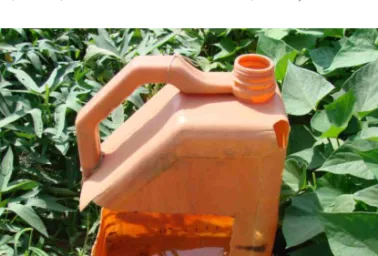
Careful Handling
Curing
Preharvest curing by removing the plant canopy up to 14 days before harvest has been reported to make harvested roots less susceptible to damage during harvest and transport (Tomlins et al., 2002) and improve marketable shelf life. Preharvest curing also increased marketable root recovery by 48% in roots that had been stored for 16 weeks in either pits or piles (Tomlins et al., 2007).
Irradiation
Chemical Control
Bio–Control
Resistant Varieties
Storage Techniques
Root surface mycoflora of sweet potato (Ipomoea batatas L.) and post-harvest rot of tubers. Adv. Check severity under field conditions and response of sweet potato (Ipomoea batatas) to mouth rot (Plenodomus destruens).
P HYSIOLOGICAL F UNCTIONS AND U TILIZATION OF S WEET P OTATO
Consumption of sweet potato leaves as a fresh vegetable is common in some parts of the world (Villareal et al., 1979). Since sweet potato leaves can be harvested several times a year, their yield is ultimately greater than that of many other leafy vegetables (Nwinyi, 1992).
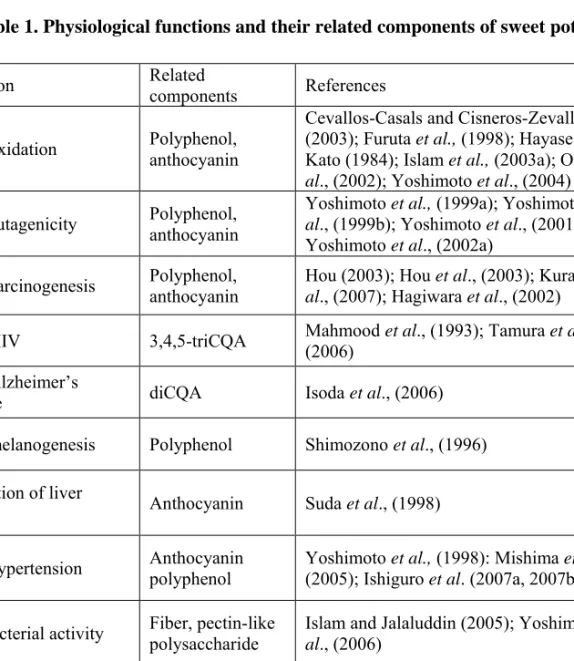
Anthocyanins
The physiological functions of the related components mentioned in this chapter have been demonstrated by in vitro or in vivo study. Anthocyanins in purple-fleshed sweet potatoes are complementary stabilized by root polyphenols (Oki et al., 2003).
Polyphenols
Polyphenols, including ChA, are abundant in the outer tissue (about 80% of the total polyphenol content) of sweet potato roots (Walter et al., 1979). The production of CA in the distillery by-products is dependent on the hydrolysis of the CQA derivatives by the koji enzyme (Yoshimoto et al., 2005a).
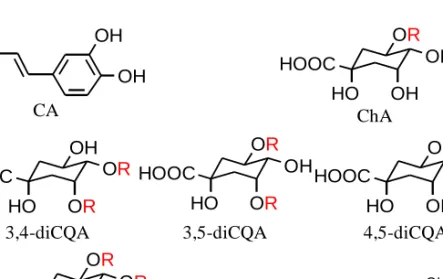
Carotenoids
Fiber
Residue from the sweet potato starch industry has been used as a material for citric acid fermentation. That is, sweet potato dietary fiber contains an abundantly soluble component, pectin or hemicellulose, suggesting that physiological functions may be higher in sweet potato fiber than in other crops.
Anthocyanins and Their Related Compounds
Based on this evidence, purple fleshed sweet potato can be recommended as a superior source for the production of foods with health benefits (Suda et al., 2003). Recently, new red vinegar has been developed through fermentation with the storage root of purple-fleshed sweet potato (Terahara and Sugita, 2000).
Dietary Fiber
These reports indicate that sweet potato pectin is qualitatively and functionally superior to fruit and vegetable. However, sweet potato leaves have been largely neglected, except for their partial use as livestock feed in Japan and other Asian countries (Villareal et al., 1979).
Nutritional Value
These results suggest that sweet potato leaves contain higher content of 9-cis and 13-cis isomers than commercial vegetables (Yoshimoto et al., 2003). Fifteen anthocyanin compounds have been identified and characterized in sweet potato leaves (Islam et al., 2002b).
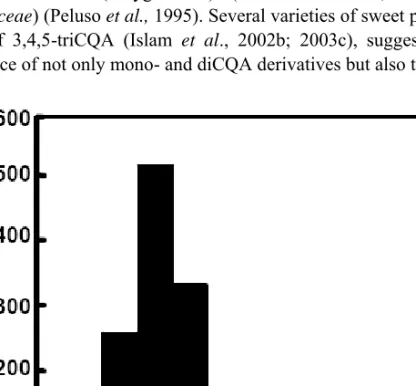
Galacto-Lipid
The cyanidin-type anthocyanins are superior to the peonidin-type in antimutagenicity (Yoshimoto et al., 1999a, 1999b) and antioxidative activity (Rice-Evans et al., 1995).
Antimutagenicity
Anticarcinogenesis
Antidiabetes
Thus, delaying the action of this enzyme by any inhibitor may be one of the most effective approaches to control non-insulin-dependent diabetes (Toeller, 1994). Oral administration of 1.0 g and 0.1 g fine powder of dried sweet potato leaves/kg body weight/day to STZ-induced insulin-deficient diabetic rats for seven days significantly decreased their blood glucose and increased their of insulin in the blood.
Antihypertension
Furthermore, oral administration of sweet potato leaves significantly reduced blood glucose in human volunteers on oral starch (Tsubata et al., 2004). Preventing NIDDM and curbing serious adverse effects of diabetes such as retinopathy, neuropathy and cataracts are important topics for researchers.
Antibacterial Activity
In Japan, acarbose as a therapeutic α-glucosidase inhibitor is widely used to delay glucose absorption from the small intestine (Goto et al., 1989; Odaka et al. a) indicates that oral administration of 3,4,5-triCQA to diabetic model rats significantly reduce their blood sugar levels. These results suggest that the antibacterial component of sweet potato leaves may be pectin-like material (Islam and Jalaluddin, 2005).
Other Physiological Functions Including Anti-HIV
Potential chemopreventive properties and varietal difference between dietary fiber and sweet potato (Ipomoea batatas L.) roots. Genotypic diversity of anthocyanin content and composition in purple-fleshed sweet potato (Ipomoea batatas (L.) LAM).
S WEET P OTATO S TARCH
N. Moorthy and Shanavas
In the last decade, many studies have been carried out in different laboratories on the characteristic properties of sweet potato starch. Starch granule size frequency curves of six varieties of sweet potato grown in the Philippines (Madamba et al., 1975).
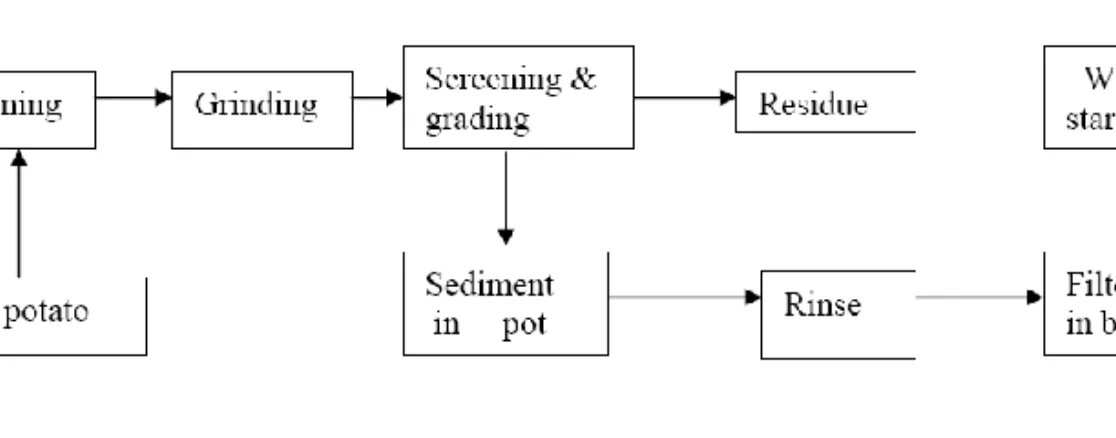
Crystalline Structure
Molecular Weight
The chain length has been found to vary in some variants based on the low viscosity and high reducing values (Woolfe, 1992). Sweet potato amylose appears to have more branches per amylose molecule than from cassava, potato, wheat or maize and has a higher molecular weight than maize, wheat and cassava, but less than potato.
Amylose Content
It has been reported that the degree of polymerization and branching has a significant effect on the physicochemical properties of amylose and amylopectin (Zobel concluded that the amylose content in sweet potatoes is not influenced by the method of cultivation or the year of harvest is not affected.
Alkali Number
1978) found that the amylose content of sweet potatoes was not affected by the method of cultivation or the year of harvest.
Swelling and Solubility
As reviewed by Tian et al. 1991), sweet potato amylose appears to be more branched than that from cassava. Comparative experiments have shown that the swelling and digestibility of sweet potato starch (Table 3) are less than those of potato and cassava, but generally more than those of maize (Rasper, 1969; Delpeuch and Favier, 1980).
Water Binding Capacity
It was hypothesized that the binding forces could be weak but relatively extensive, immobilizing the starch in the granulate even at high levels of swelling. It has therefore been suggested that sweet potato starch has a higher degree of intermolecular association in its starch granules than potato starch or cassava starch (Madamba et al., 1975).
Degradation by Acid
The susceptibility of sweet potato starch to acid corrosion showed very significant differences between cultivars (Rasper investigated the kinetics of acid degradation and found that it could be described by two exponential hydrolysis rates, a fast hydrolysis of the amorphous regions and a slow hydrolysis of the crystalline region (Table 3). Sweet potatoes potato and corn had a high amount of acid-resistant starch, but the acid-resistant starch component of sweet potato was hydrolyzed faster than the other starches.
Degradation by Enzymes
Retrogradation
Susceptibility of sweet potato starch to acid corrosion showed very significant differences between cultivars (Rasper, 1969). 1986a) studied the retrogradation of sweet potato amylose, which appeared to retrograde at the same rate as cassava but slower than Irish potato amylose.
Sol Stability
Some studies found that sweet potato starch does not show a peak viscosity at 4-6 % (w/v) concentration (Tian et al., 1991). Storage modulus, loss modulus and phase angle for Peruvian sweet potato starch (Garcia et al., 1998).
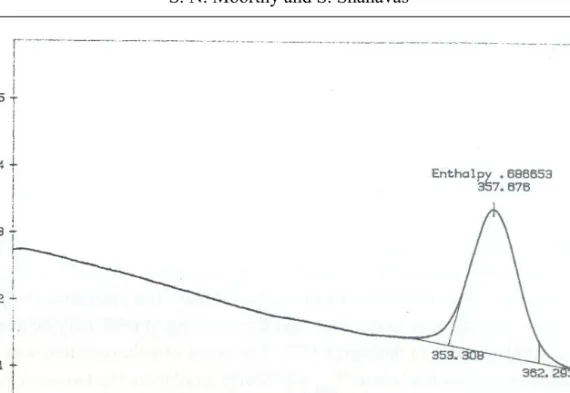
Pasting Temperature
Properties of Enzymatically Separated Sweet Potato Starch
Liquefaction and Saccharification
Viscosity Profile of the Liquefaction Reaction
1988). Comparison of physicochemical properties of starch and amylolytic enzyme activity of various sweet potato varieties. Physicochemical properties of starch from purple and orange fleshed sweet potato roots at two levels of fertilizer.

S WEET P OTATO P UREES AND D EHYDRATED
P OWDERS FOR F UNCTIONAL F OOD I NGREDIENTS
Sweet potato is the seventh most important food crop in the world and the fourth in tropical countries (FAOSTAT, 2004). Therefore, sweet potato has exciting potential to contribute to human nutrition around the world.
Processing of Sweet Potato Purees
However, there is limited understanding in these aspects of the steam flash peel on the surface of sweet potato roots. The developed technologies for puree processing were mainly based on the orange-fleshed sweet potato cultivars with high ß-carotene, low dry matter (18-21%) and low starch content [8-10% on a fresh weight basis (fwb)] ( Walter and Schwartz, 1993; Yencho et al., 2008).
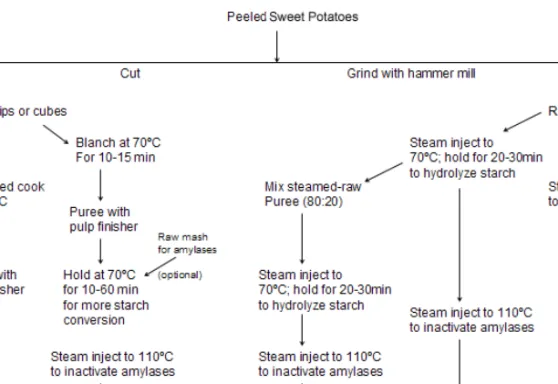
Packaging and Preservation of Sweet Potato Purees
Recently, a process was successfully developed for rapid sterilization and aseptic packaging of orange-fleshed sweet potato puree using a continuous-flow microwave system operating at 915 MHz (Coronel et al., 2005). Purple fleshed sweet potato purees were also successfully processed into a high quality aseptic product using a continuous flow microwave system (Steed et al., 2008).
Quality of Sweet Potato Purees
Mashing processing methods affect the viscoelastic properties and textural profiles of restructured products made from sweet potato purees (Walter et al., 1999). Nutrient values: Nutrient content of sweet potato purees and pastes from varieties with different flesh colors is shown in Table 2 (Brinely et al., 2008).
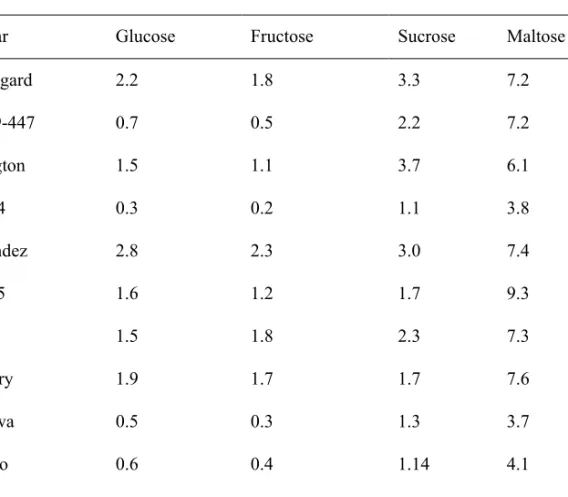
Utilization of Sweet Potato Purees in Processed Foods
Recently, sweet potato purees have been used in the development of carotene-rich curds and fermented beverages with high antioxidant activity (Mohapatra et al., 2007; Saigusa et al., 2005). In Peru, sweet potato flour has been produced for decades to make wheat/sweet potato bread (van Hal, 2000).

Processing of Sweet Potato Flour
Pre-drying treatments and drying temperature affected the final characteristics and functionality of spray-dried sweet potato powders. Acetylated sweet potato flour was prepared by treating native flour with acetic anhydride (Avula et al., 2007a).
Storage Stability of Sweet Potato Flour
On the other hand, in vivo the granules are subjected to the cumulative actions of salivary amylase, dilute acid (from gastric juices) and pancreatic α-amylase and intestinal microflora and as a result the granules are better digested. It was centrifuged and the sediment was washed with alcohol repeatedly and dried (Avula et al., 2007a).
Nutritional Quality of Processed Flour
Antioxidant activity of sweet potato flour varies significantly with the flesh color of the roots. Antioxidant activity of dausic acid derivative was found to be very high (Dini et al., 2006).
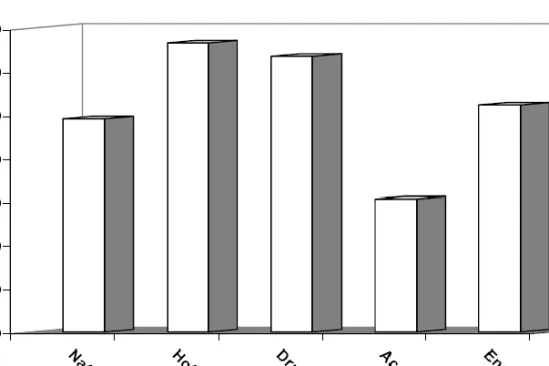
Physical Properties and Functionality of Flour
Viscosity of sweet potato mash and spray-dried powders reconstructed from 1 to 250 s-1 (adapted from Grabowski et al., 2008). Adhesive properties of white fleshed sweet potato cultivar showed lower tendency to retrograde (Osundahunsi et al., 2003).
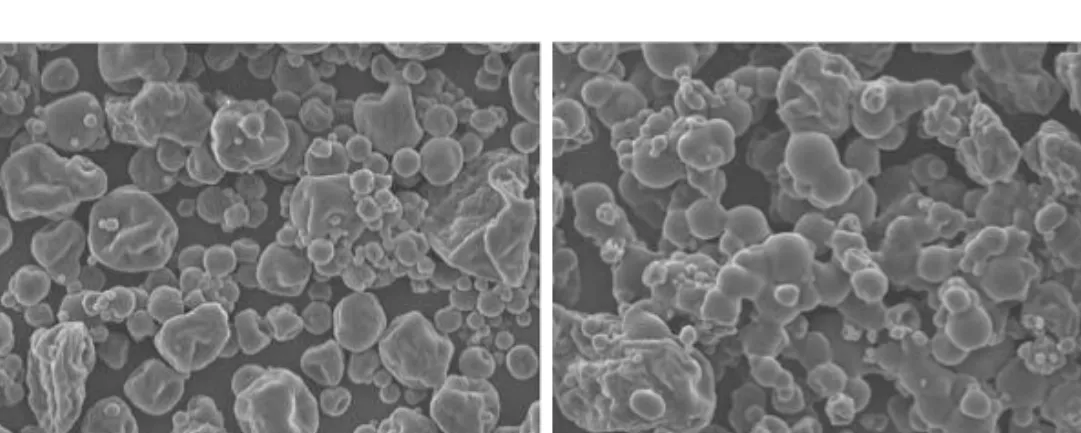
Temperature (°C)
Bioprocessing (fermentation) is a new way to develop such functional foods, food additives and protein-rich feed from sweet potato. In addition, bioethanol production from sweet potatoes is another promising opportunity in the current global gasoline crisis (Ray and Ward, 2006).
Microbial Bio-Processing
Solid State Fermentation (SSF)
Thermophilic bacteria and yeasts have also been used in traditional cultivation in SSF processes (Doelle et al., 1992; Ray et al., 2008). Yeast has been mainly used for ethanol production and protein enrichment of agricultural wastes (Ward et al., 2006; Ray et al., 2006).
Submerged Fermentation (SmF)
A number of thermophilic bacteria, fungi and yeasts can grow on solid substrates and find applications in SSF processes. In addition, their ability to grow at lower aw and under high osmotic pressure conditions (high nutrient conditions) makes fungi efficient and competitive in the natural microbial ecosystem for the bioconversion of solid substrates (Viniegra-González et al., 2003).
Sour Starch
Sweet and Sour Flour
Lacto Pickles
Sweet Potato Curd and Yogurt
Lacto- Juices
Sweet potato roots (cooked and uncooked) rich in β-carotene pigments were fermented with Lb. During fermentation both analytical [pH, titratable acidity, lactic acid, starch, total sugar, reducing sugar (g/kg roots), total phenol and β-carotene (mg/kg roots)] and sensory (texture, taste, aroma, taste and by taste) assays of sweet potato lacto-juice were evaluated.
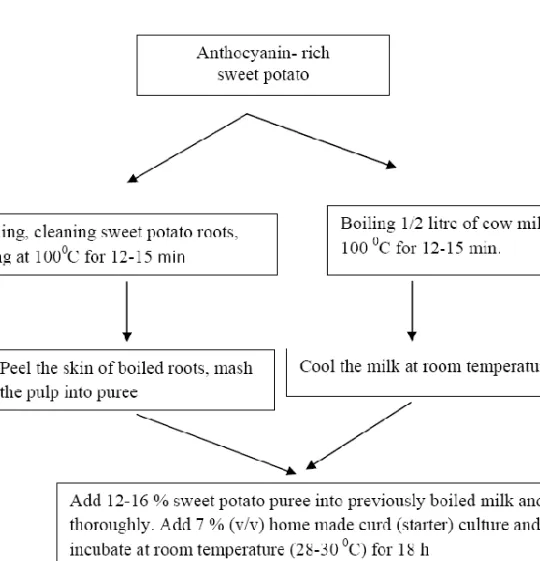
Acidophilus Milk
Soy Sauce
During subsequent koji preparation, sweet potato flour made from cooked rather than raw roots produced the healthiest mold spore growth and ultimately the highest sauce yield because cooking gelatinized the sweet potato starch, making it more vulnerable to microbial breakdown. Sensory evaluation showed no significant difference between soy sauce made from sweet potato flour and two commercial brands of soy sauce from the Philippines in terms of color, aroma, consistency, taste, and overall acceptability.
Vinegar
Alcoholic Beverages
A process for enzymatic saccharification of sweet potato pulp (starch) and fermentation of the mash into wine using wine yeast Saccharomyces cerevisiae has been developed at the Regional Centre, CTCRI, India. Patent applications have been filed for the biotechnological processes developed to produce red wine from sweet potato (CTCRI, 2003).
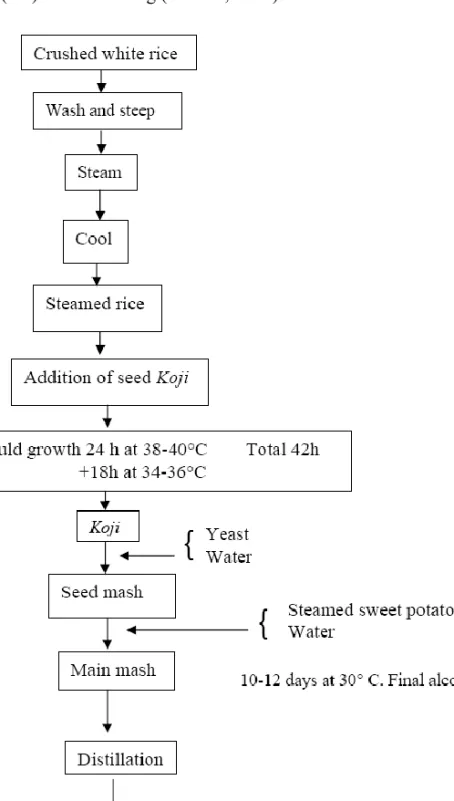
Silage
In Japan, the addition of inorganic acids (hydrochloric acid and sulfuric acid in the ratio of 19:1), mashed sweet potato roots or molasses produced silage with a high lactic acid content and no butyric acid content. Addition of sweet potato roots had no noticeable effect on dry matter losses or lactic acid production, but increased acetic and butyric acid concentrations.
Single -Cell Protein (SCP)
Silage of excellent fermentative quality was obtained from sweet potato tops when no additives such as urea or sweet potato roots were used (CIP, 2000). In contrast, the grape pit without additives had acceptable properties with an average pH of 3.9, a low concentration of butyric acid and a low (11%) loss of dry matter due to putrefaction (Tewe et al., 1998; Tinh et al., 2000 ).
Microbial Enzymes
Organic Acids
In the food industry, citric acid is added as a flavor enhancer or preservative in a wide variety of products, especially soft drinks. A drink has been launched in Japan consisting of a mixture of sweet potato citric acid and ascorbic acid crystals, which is added to water to taste (Woolfe, 1992).
Monosodium Glutamate (MSG)
The process necessitates the initial breakdown of starch into sugars before these sugars are fermented by molds, for example Aspergillus niger, into citric acid. In Sichuan Province, China, the largest sweet potato growing area in the country, citric acid is the fourth most important product from sweet potato after starch, noodles and alcohol (Wiersema et al., 1989; . Jiang et al., 1993).
Sugar Syrups
Baker's Yeast and other Products
Alkali Metal Glucoheptonate
Chitosan
Bio-Ethanol
Therefore, regulation of ADP glucose pyrophosphorylase (ADPGase) would determine the submergence strength (capacity to accumulate products of photosynthesis) of roots in the potato, sweet potato. Bioethanol production from sweet potato (Ipomoea batatas L.) by enzymatic liquefaction and simultaneous saccharification and fermentation.
